by Sara Long and Anthony Gyzen
The Minolta MD camera line was Minolta’s longest running SLR lens mount system, produced from 1977 to 2001. Today we’ll be exploring six SLR lenses from 28mm to 200mm.
The MD lenses were designed for a 35mm film camera, so I adapted these to my full-frame Sony a7III, using adapters by Fotasy and Fotga. I prefer the Fotasy adapter because the lens release button on the Fotga adapter is sharp and difficult to release, though it is an ounce lighter.
We’ll begin with the Minolta Celtic 28mm f/2.8. The Celtic line for the MD system are generally less expensive, this one in particular costs around $40. The prices that I refer to are the current going rate at the time of this publication in June 2020.
The Celtic 28mm f/2.8 lens has a 49mm front filter thread, aperture range of f/2.8-22, and minimum focusing distance is .3m or one foot, with a short focus throw from minimum to infinity.
It weighs 6.6 ounces due to its plastic and metal construction. I find it has minimal distortion and vignetting for an old, wide angle lens. Images are very sharp in the center, with only slight sharpness fall of towards the edges. I love the contrast I get with this lens, it’s my second favorite of the bunch.



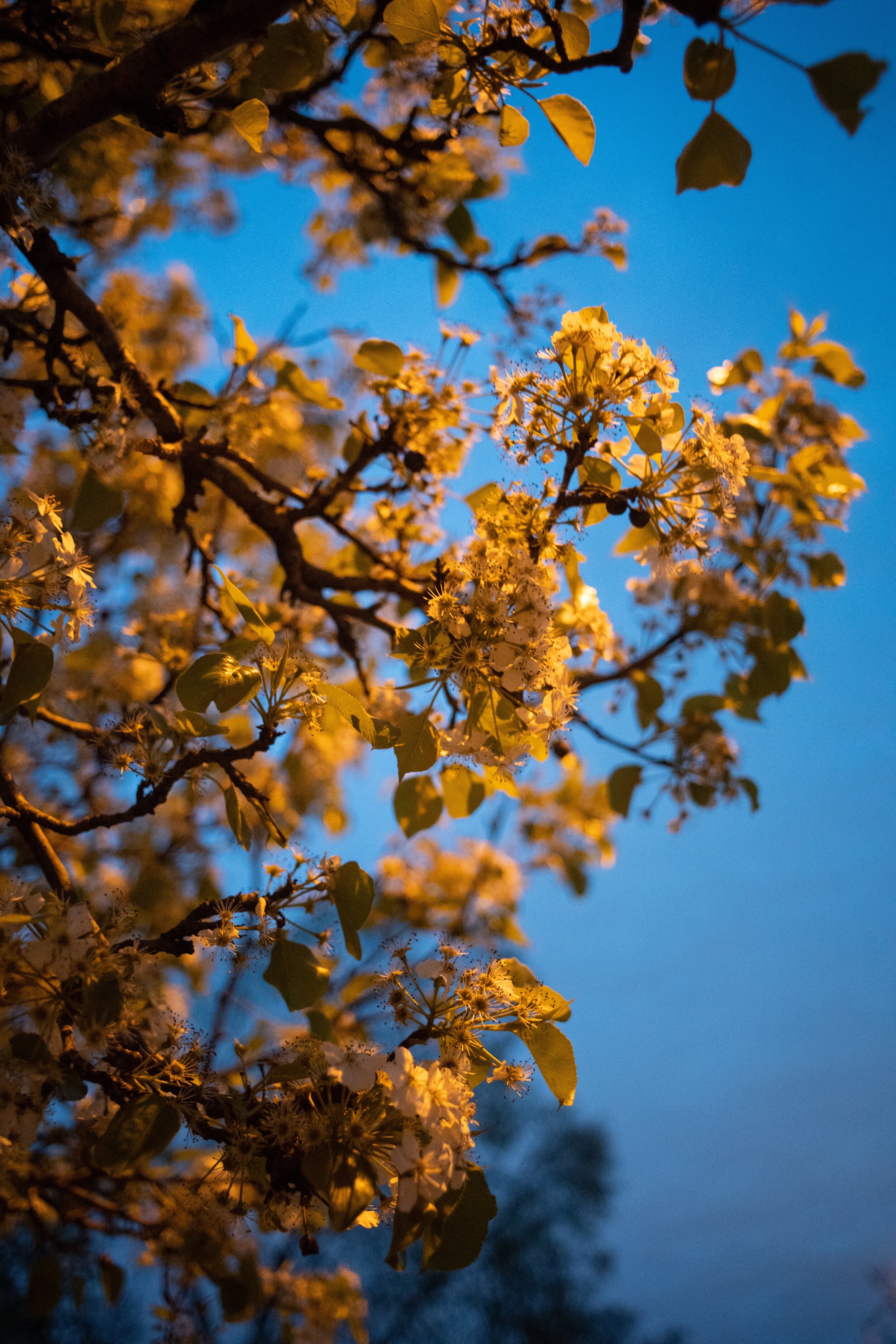





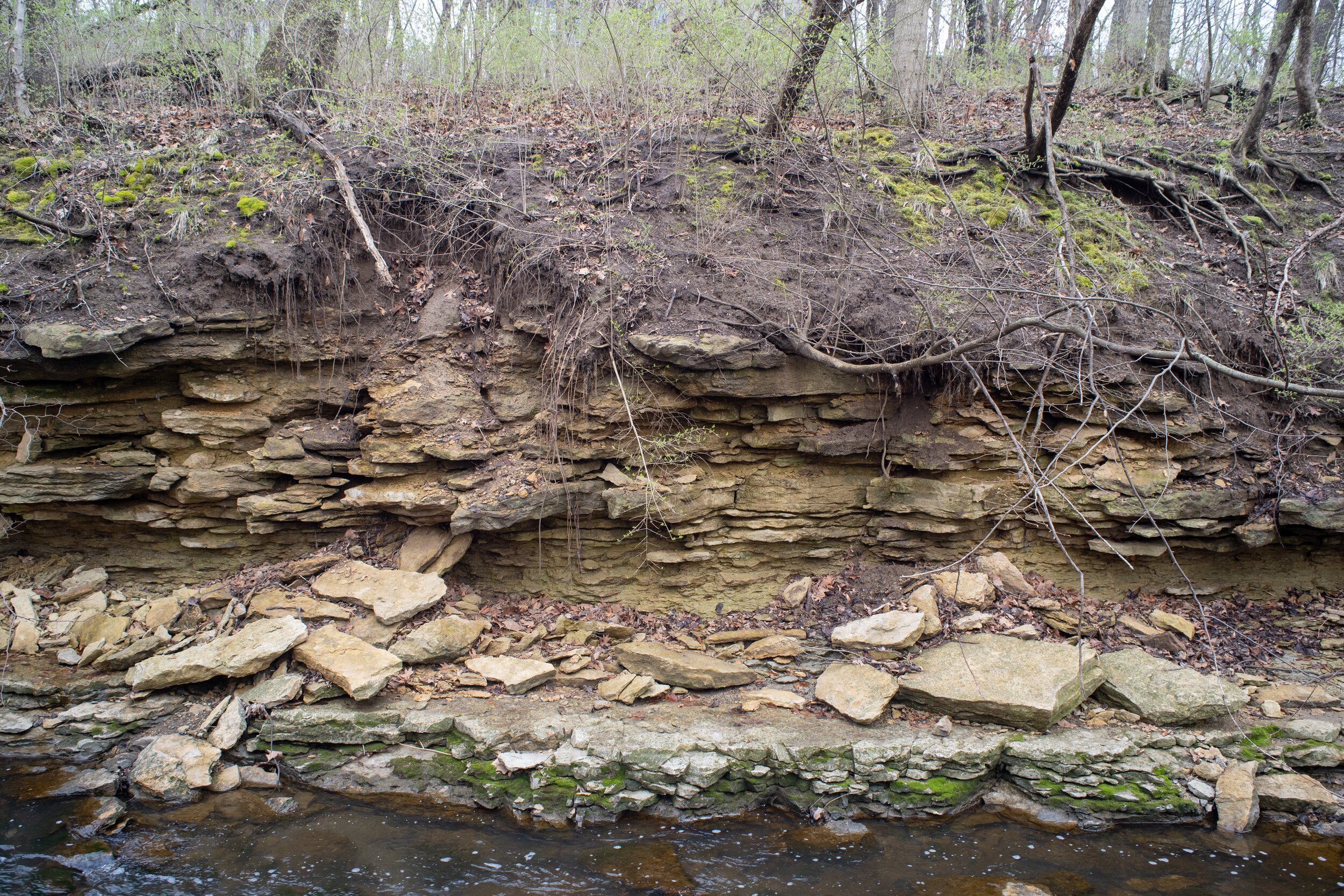
Next up is the Minolta Rokkor-X 45mm f/2, which goes for around $50. It has a 49mm filter thread and an aperture range of f/2-16. This lens has an interesting focal length that I have never used before, though I think after testing it, I would prefer to stick with a 50mm or go wider with a 35mm. The minimum focusing distance is .6m or two feet, and it weighs four and a half ounces with a mostly plastic construction. It’s compact, sharp, and is the smallest of these lenses, which is more convenient when you have to use an adapter.



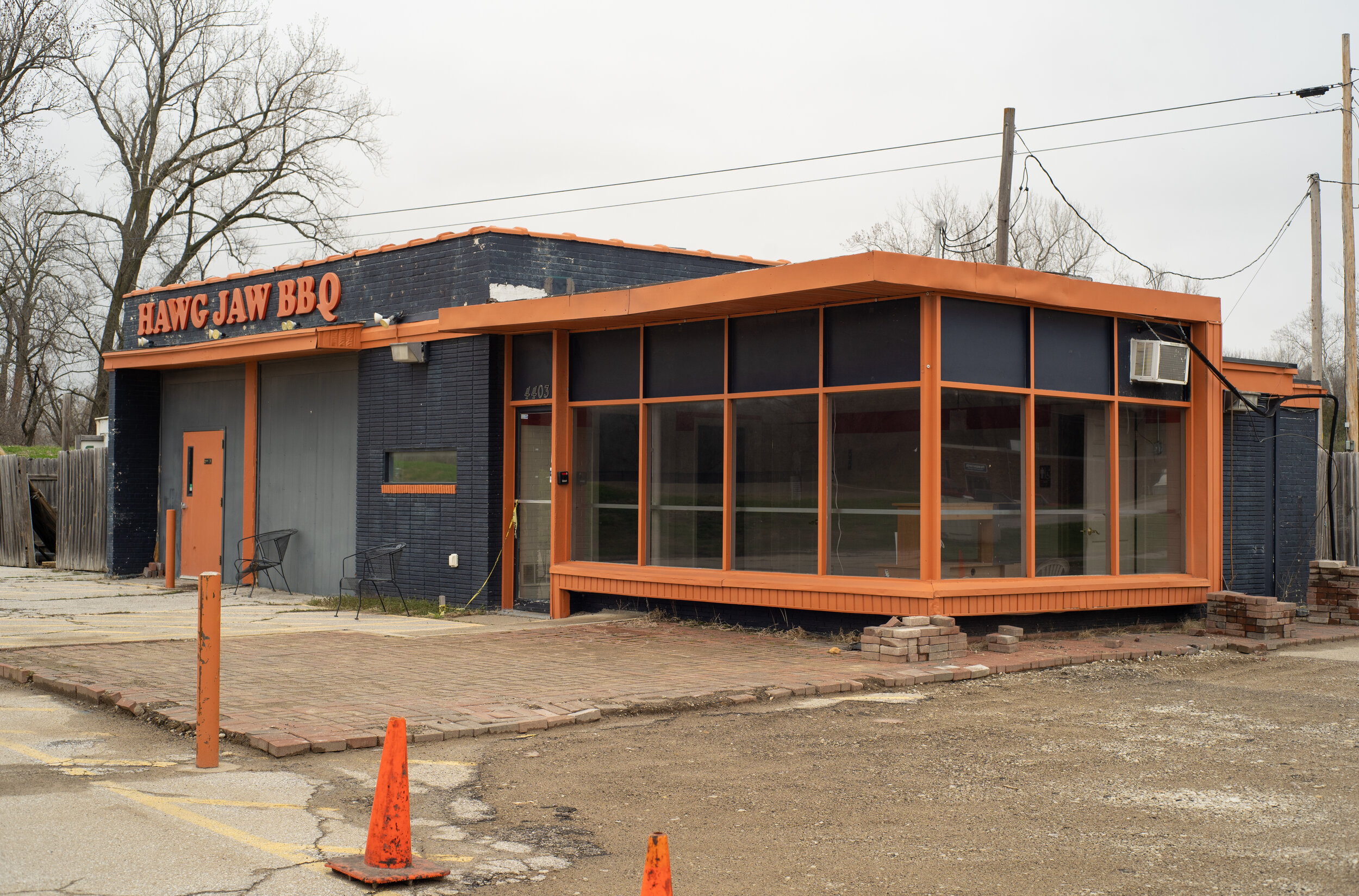
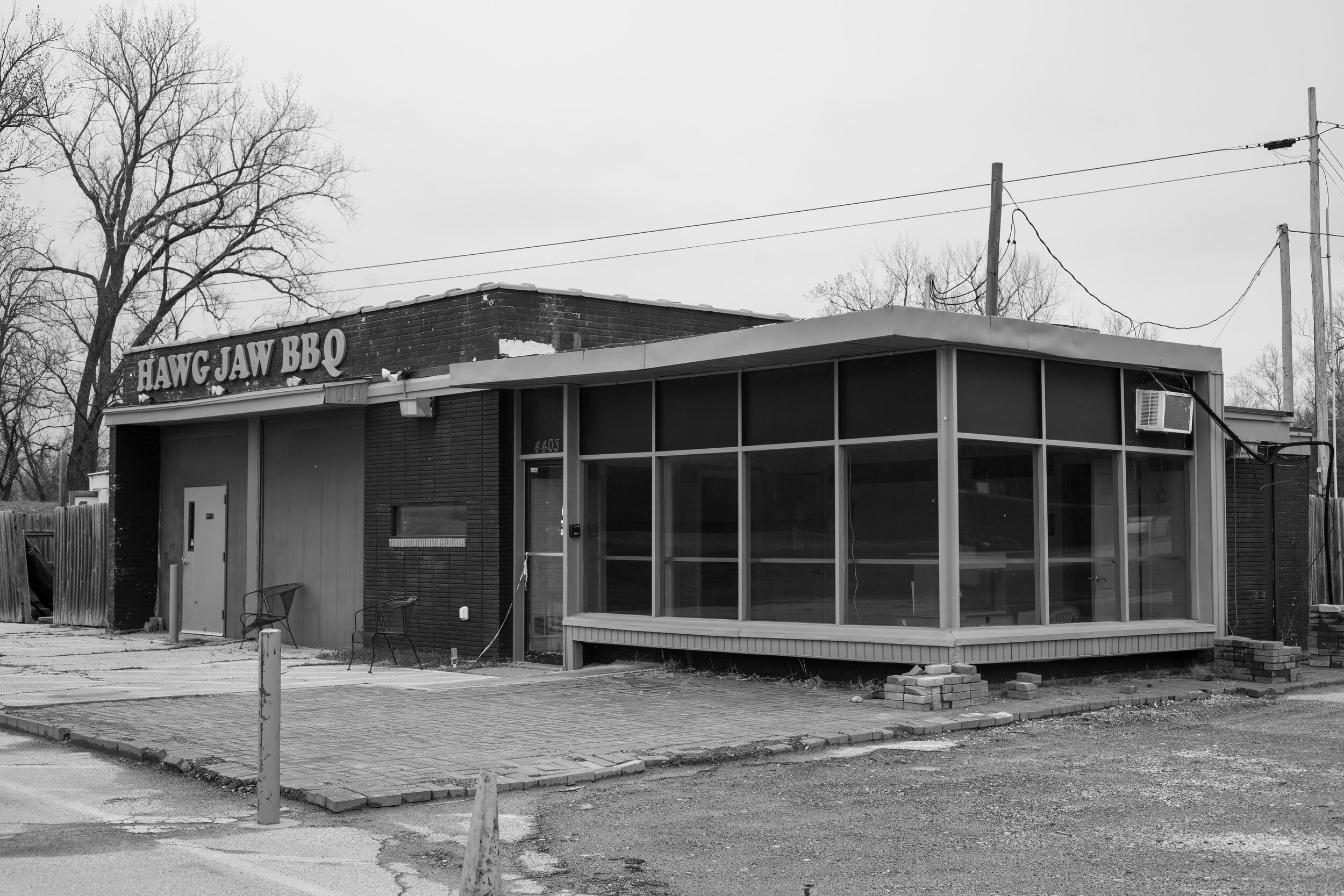


Third, we have the Minolta Rokkor-X 50mm f/1.7, which goes for around $45. It has a 55mm filter thread and aperture range of f/1.7-16, with a minimum focusing distance is .45m or one and a half feet. It’s 6.7 ounces and has a plastic and metal construction. I notice that the bokeh can feel busy at times, and I was expecting better results at low aperture for this Rokkor lens. Stopped down, I really enjoy the images because I get higher contrast and sharper images across the whole frame.

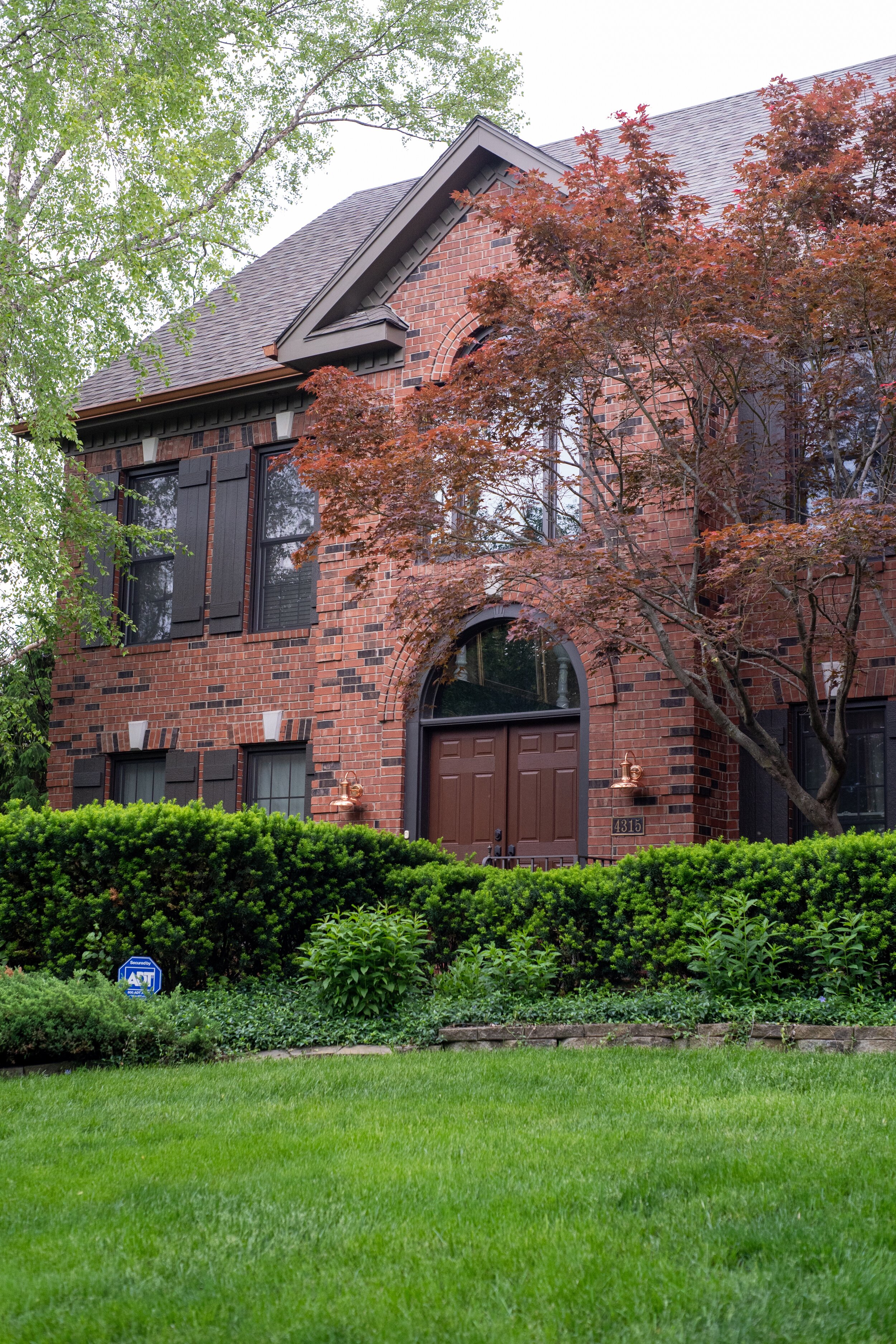








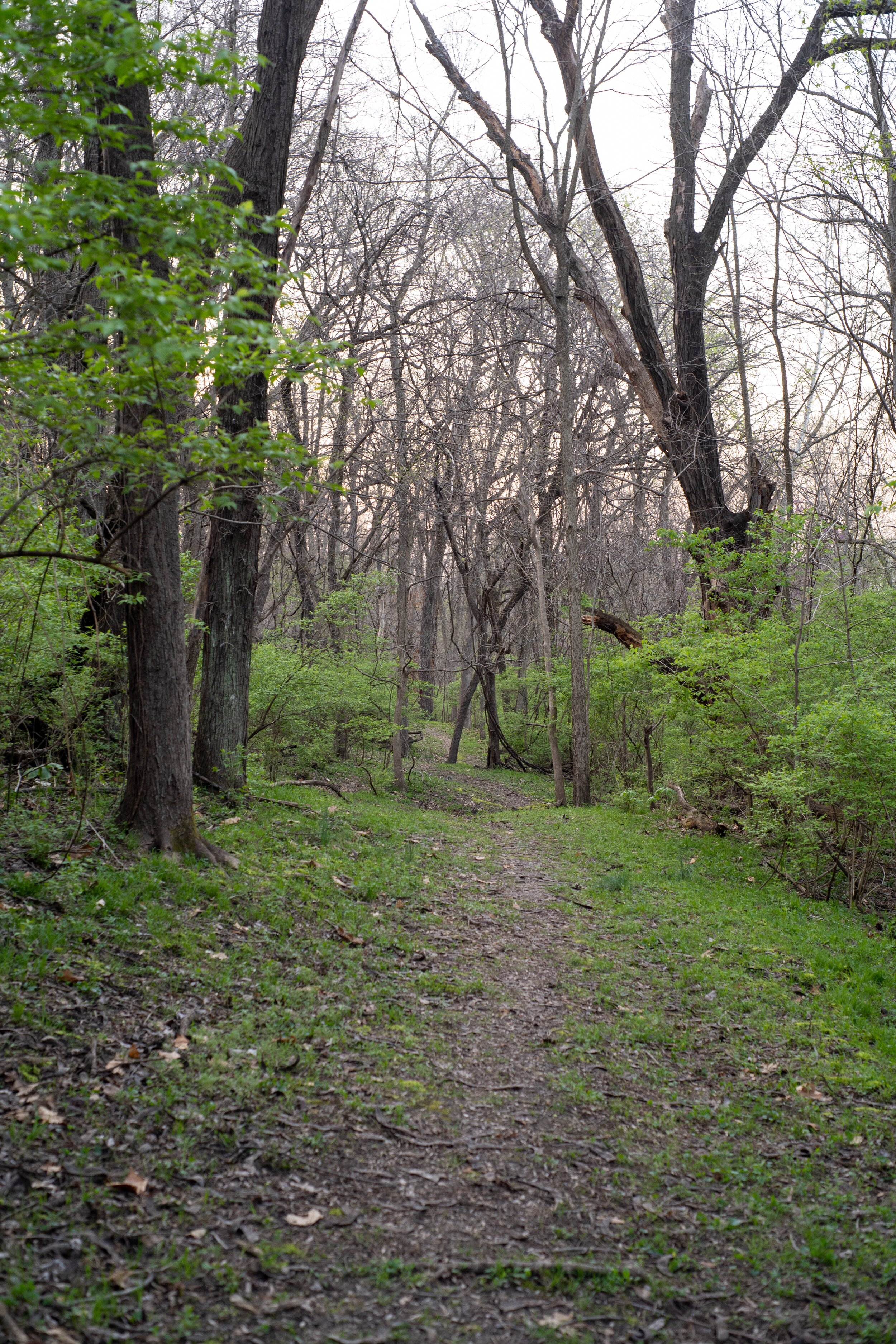


Next, we have another in the Celtic line, the Minolta Celtic 135mm f/3.5 which goes for around $25. It has a 49mm filter thread and range of f/3.5-22, and the minimum focusing distance is 1.5m, or about five feet. It’s nine and a half ounces of plastic and metal, with a built in retractable lens hood. This produces images with very noticeable chromatic aberration, especially compared to the f/2.8 Rokkor-PF version, which we will get into next. The 135mm Celtic is smaller in size and weight than the Rokkor-PF, but that is the only apparent benefit. This may be my least favorite of the lenses I’m reviewing today.
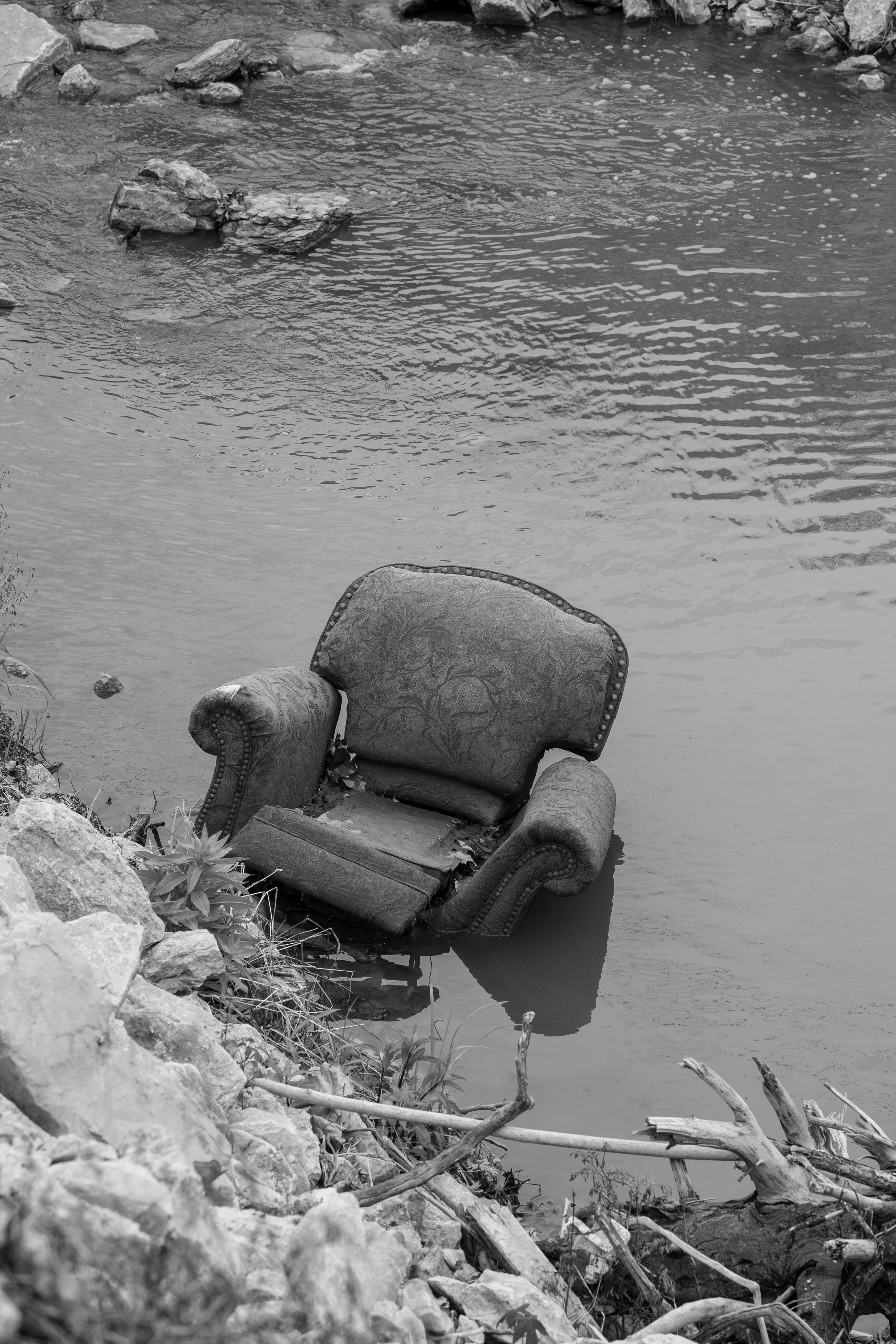









The Minolta MC Rokkor-PF 135mm f/2.8 goes for about $50. It has a 55mm filter thread and range of f/2.8-22, with a minimum focusing distance is 1.5m or about five feet. It weighs one pound and two ounces, all glass and metal, with a built in retractable lens hood. I find the image quality to be far superior to the 135mm Celtic. I have only used this 135mm f/2.8 and the 200mm f/3.5 for portraits so far. All of the portraits were taken wide open at f/2.8, and the sharpness and contrast were exceptional.





The Minolta MC Rokkor-QF 200mm f/3.5 costs around $70 and has a range of f/3.5-22 with a minimum focusing distance is 2.5m, or about eight feet. It’s one pound and 11.4 ounces of glass and metal with a built in retractable lens hood, which is quite large on a mirrorless camera, especially when using an adapter. The portraits I shot with this lens were a little softer than with the MC Rokkor-PF 135mm f/2.8, but it’s not really noticeable unless you’re pixel peeping.


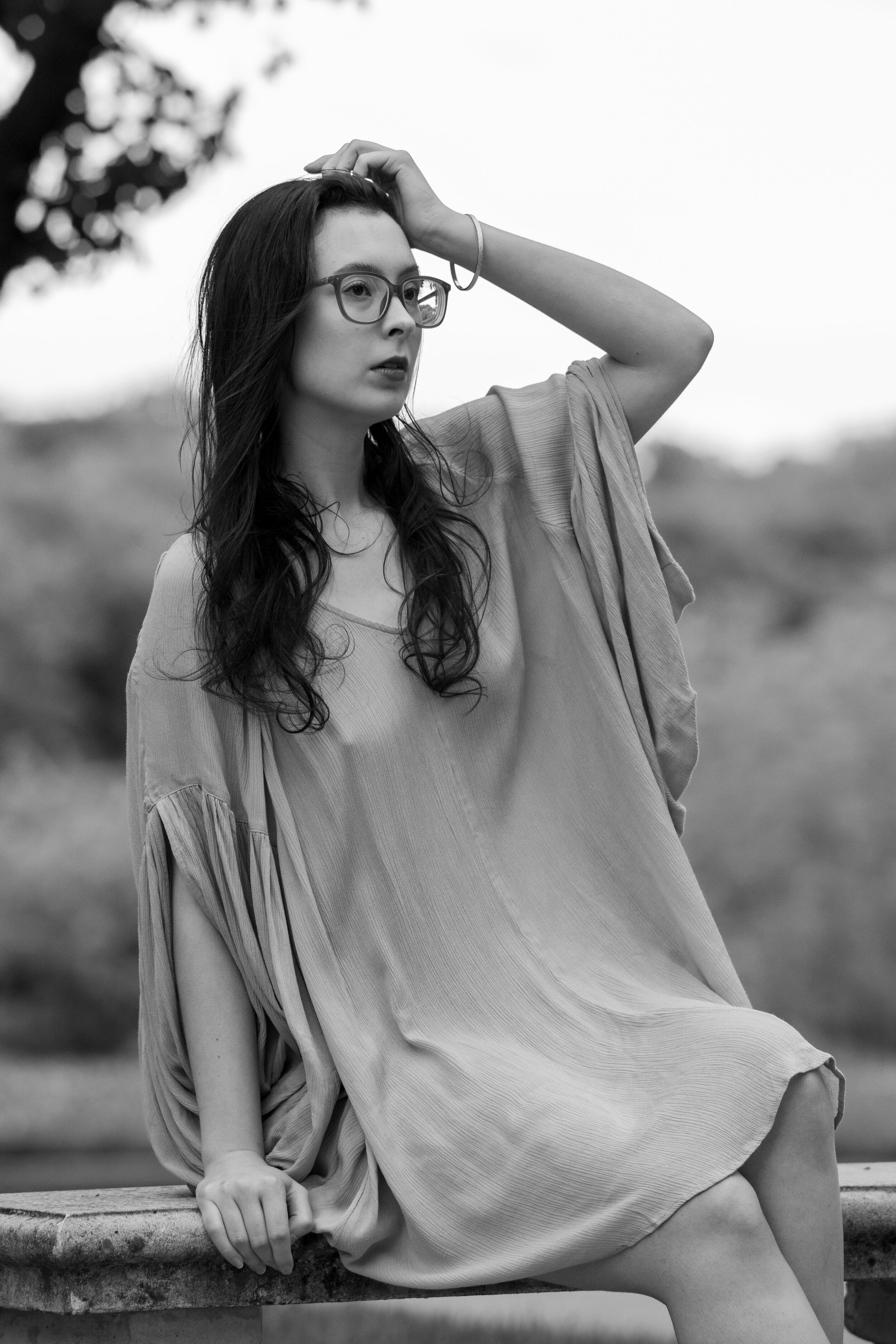


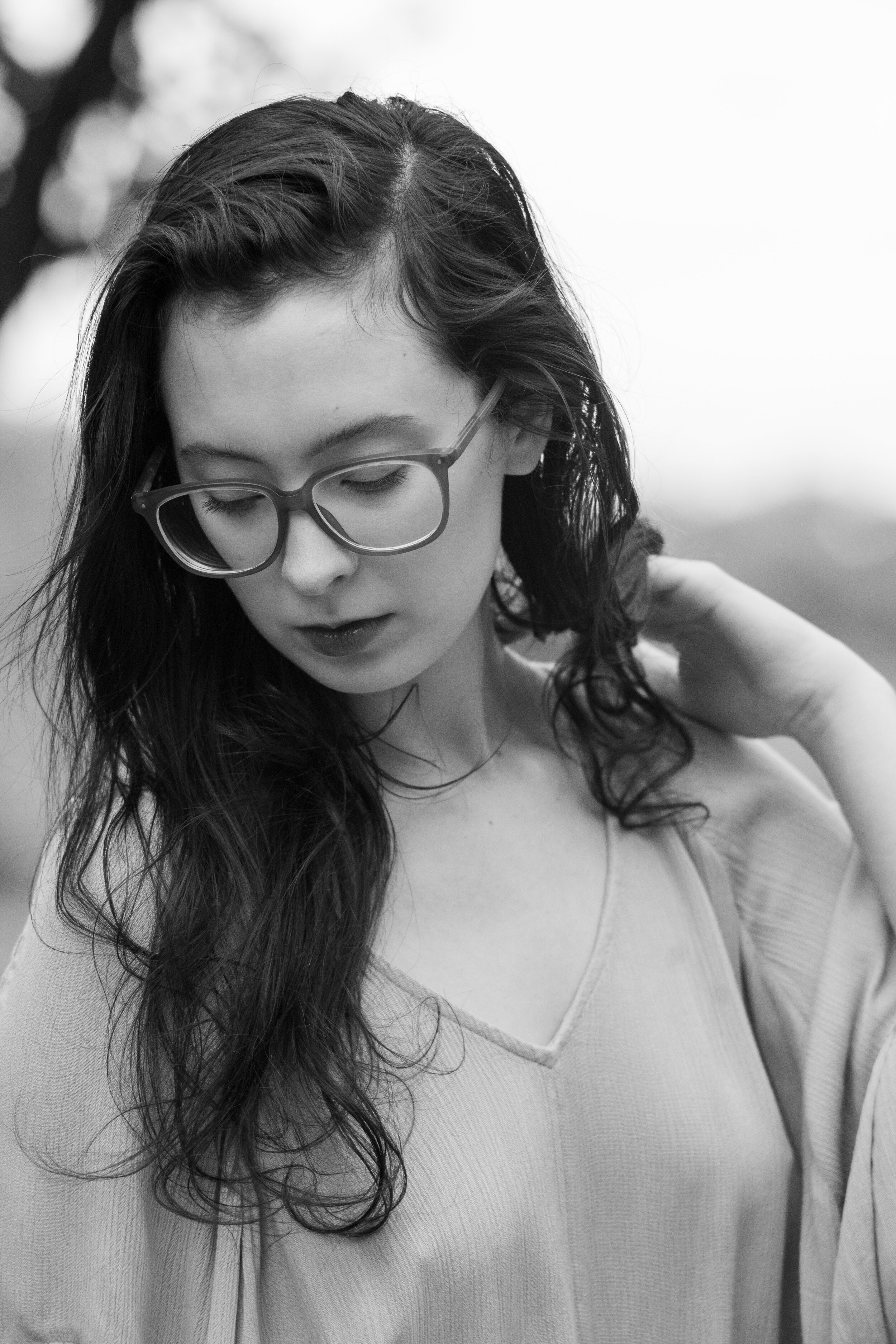



For under $300, you can get a really useful six lens kit for your digital camera, with plenty of options to customize your kit to your needs. Most modern lenses cost more than this whole kit.